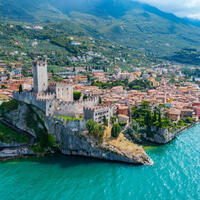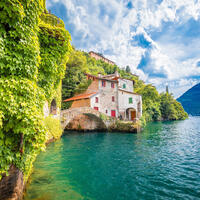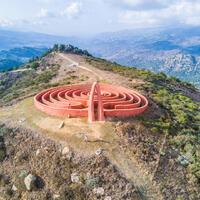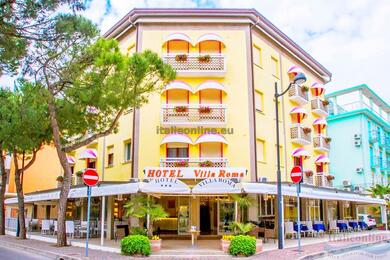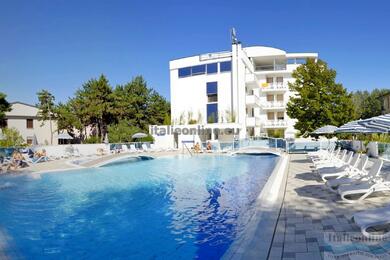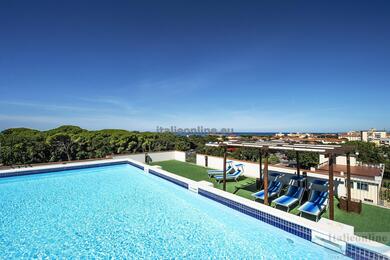Geography and natural beauty
Lago di Ledro is 655 metres above sea level and covers an area of approximately 2.2 km². It is surrounded by green hills and alpine forests that give the place an unspoilt atmosphere. Its calm waters and clean beaches attract visitors for swimming, sunbathing or just relaxing on the shores. In summer, the water temperature reaches a pleasant 24 °C, making the lake ideal for swimming and water sports such as windsurfing, canoeing and paddleboarding.
History and archaeology
Lago di Ledro is not only a natural treasure, but also a place rich in history. When the lake was lowered in the 19th century, the remains of a prehistoric Bronze Age pile, a settlement built on stilts over the water, were discovered. These sites are now part of the Archaeological Museum of Pieve di Ledro, where visitors can admire replicas of prehistoric buildings and learn more about the life of the original inhabitants of the area.
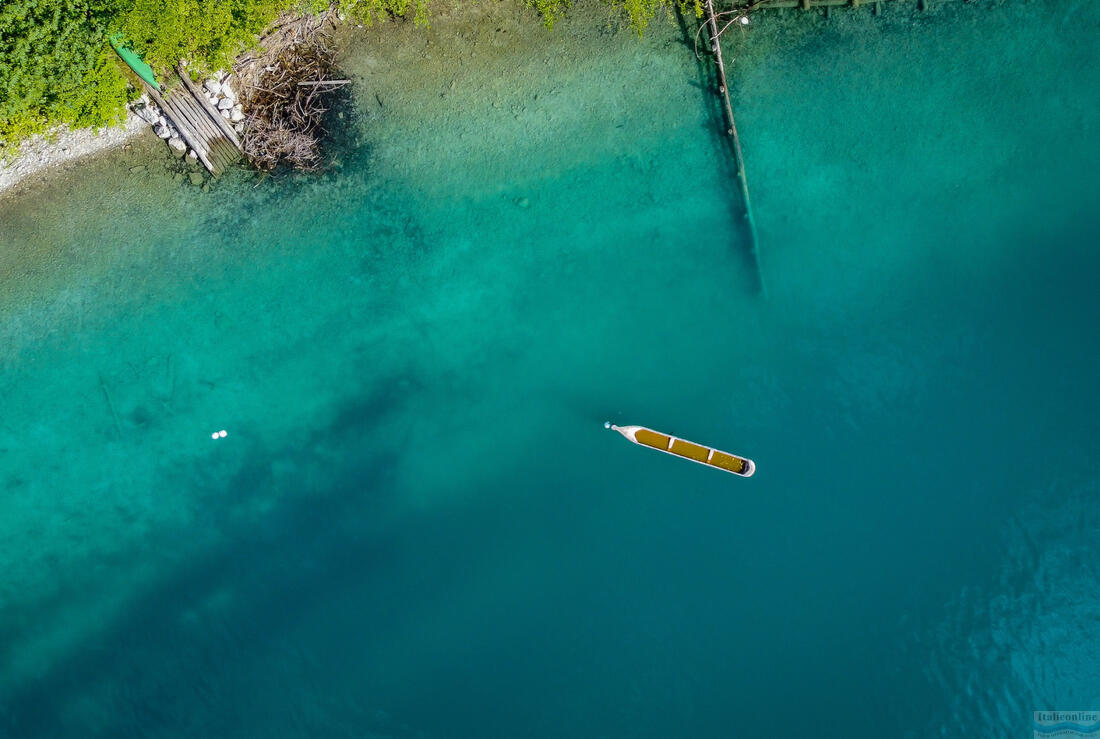
Sports and outdoor activities
The area around Lago di Ledro is a paradise for outdoor enthusiasts. Hiking trails lead around the lake and up into the surrounding mountains, where you can enjoy breathtaking views of the surrounding countryside. Cycling is also popular - well-marked cycle paths lead from Ledro to Lago di Garda. In winter, there is cross-country skiing or snowshoeing in the beautiful Alpine surroundings.
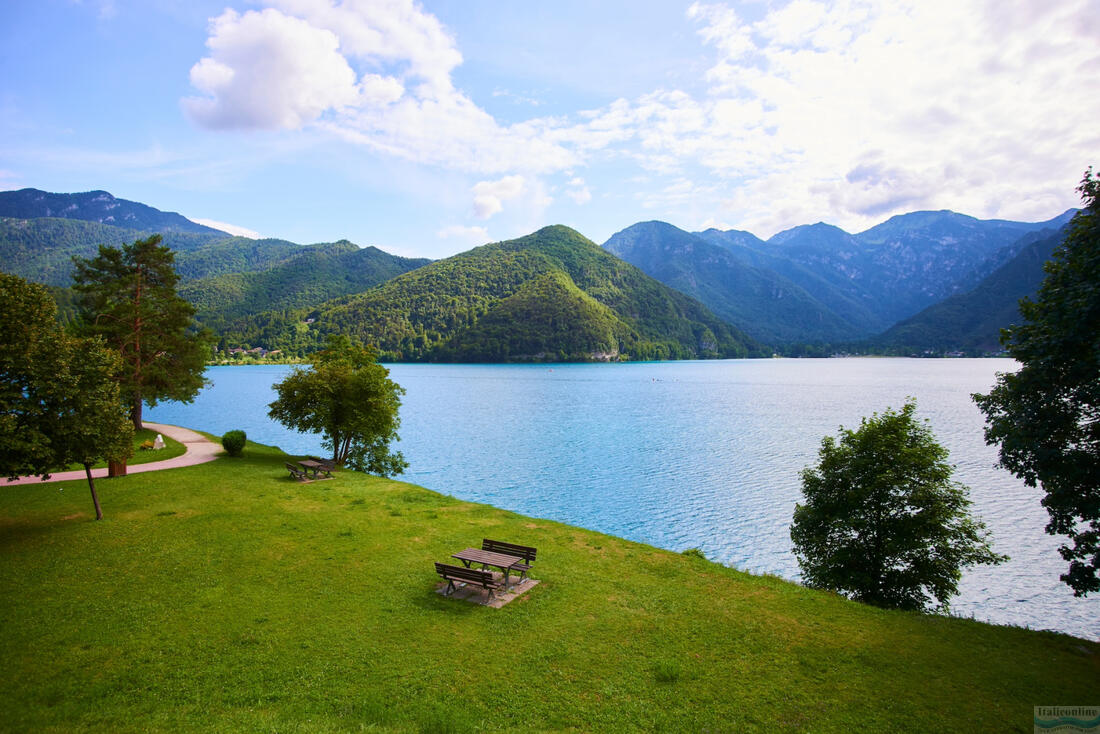
For climbing enthusiasts, there are ferrata nearby. And if you're looking for a more adrenaline-fuelled experience, it's possible to try paragliding and enjoy the beauty of the lake from a bird's eye view.
Culture and tradition
The towns and villages around Lago di Ledro, such as Pieve di Ledro, Mezzolago and Molina di Ledro, retain an authentic Italian rural charm. The locals are very proud of their traditions, which is reflected in the regional cuisine, which offers specialities such as polenta, local cheeses and dishes made from fish caught directly in the lake.

Every year the area hosts a number of cultural events, including music festivals, markets and historical festivals, which bring the rich history and traditions of the region to the attention of visitors.


